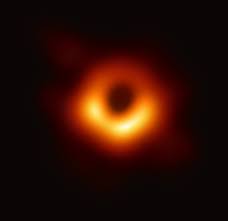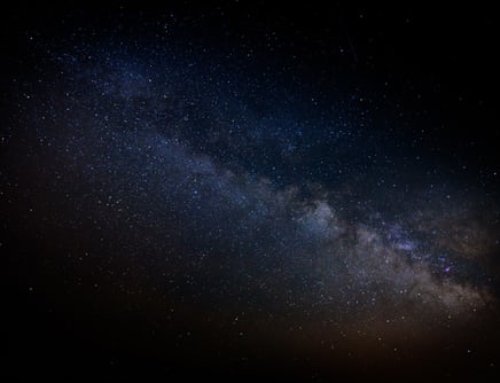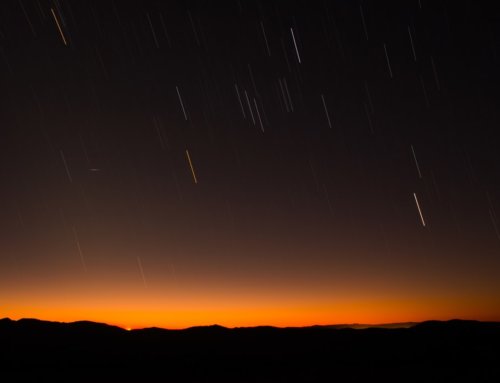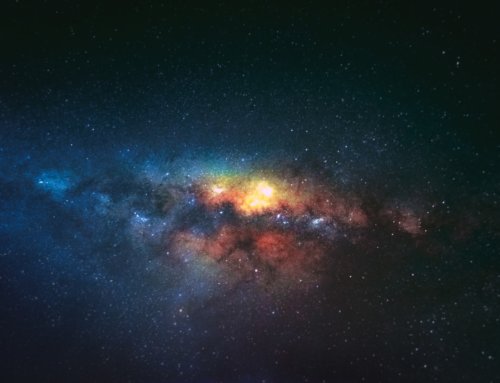With the Event Horizon Telescope (EHT) focusing on two supermassive black holes, the Milky Way’s own Sagittarius A*, and a larger one at the center of M87 53.5 million light-years away, the question arises as to what these objects can teach us. Researchers gathered in April 2017 and have come up with these observations and questions.
Black holes really are black. No light escapes from them, so they can’t be seen. What is seen is the gas and dust in the accretion disks surrounding them, sometimes heated up so much that they form x-rays and other high energy radiation that cause them to outshine their own galaxy. The light of the disks may be warped from the intense gravity at the event horizon, allowing a view of objects behind the black hole, as well as the black hole’s shadow.
Studying the shape of the black hole’s disk may help determine if general relativity holds up in the presence of one. Twelve thousand computer simulations were made by one group of scientists in an attempt to see how small variations could cause changes in the shape of the disk. If any of the actual observations match the simulations, it could lead to alternative theories of gravity.
If pulsars are found surrounding the event horizon, the regular pulsing of light from the objects (hence the name pulsar) would be disturbed by the gravitational redshift as the light leaves the vicinity. This redshift would allow testing of general relativity’s predictions. The hope is that they will be found in a disk, as none have been seen there so far.
Some black holes, like Sagittarius A*, have dim rings, while others like M87 have bright ones due to the way the hole consumes material. In black holes like M87, material is rapidly consumed, and they not only have the bright accretion disks, but also emit jets of subatomic particles thousands of light-years, or in some cases, billions of light-years, long into space, some so wide that they exceed the size of galaxies. Scientists think the magnetic fields of these black holes play a part in the formation of these jets. The question to be answered is whether the jets originate in the black hole itself or from somewhere inside the accretion disks.






